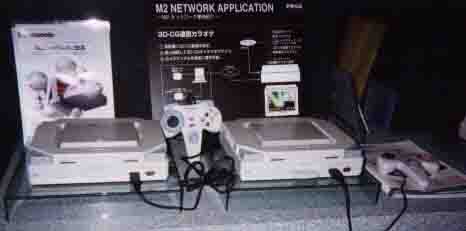Fox5,
You're smoking some seriously heavy rose-colored glasses in the last couple posts you've made, I haven't heard such BS in a long good while...

What EFFECTS have you seen Glide make that no other cards could do until DX9??? They don't exist!
The Voodoo3 was seriously stone-age tech compared to PVR2DC/Neon250 (these were the exact same chips tech-wise, except Neon250 was faster and had AGP interface). V3 had faster on-paper fillrate, but lack of overdraw elimination and general inefficiency of old hardware pretty much eliminated that advantage, especially when transparencies are involved.
V3 lacks not only the fairly pointless 32-bit color on textures and framebuffers, it also lacks the on-chip 32-bit rendering and one-step downsampling to 16-bit of PowerVR's. It doesn't have modifier volumes either, or antialiasing, or anisotropic filtering. Heck, it didn't even have true trilinear as far I know. On the other hand, it requires much faster (and more expensive) RAM chips on a memory bus twice the width to offer competitive performance, and it runs much hotter too. See what happens to an immediate-mode renderer once you halve its memory bus width; performance dives down into the toilet.
V3 may have been the most sold retail card at the time but that's a worthless thing to brag about; 3dfx was the *only* manufacturer of Voodoo cards at that time, lack of competition made them win that badge. If you were to look at which chip made most retail sales, it'd been the TNT2 instead, which was available from a dozen + manufacturers, hence driving down the sales volumes of each individual manufacturer.
So when you say you believe a V3 would smoke PVRDC 9 out of 10 times, I believe you should reconsider...






